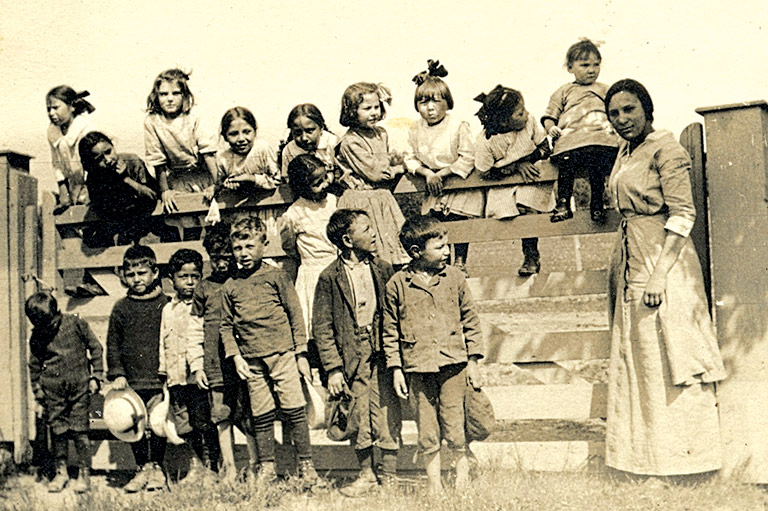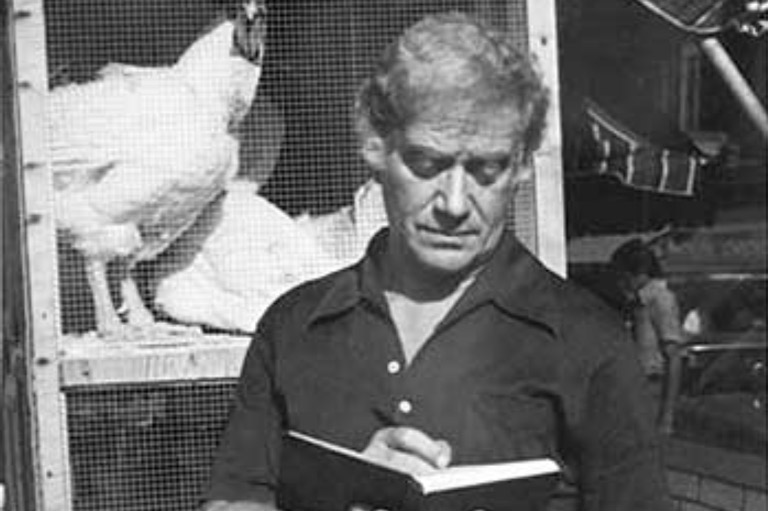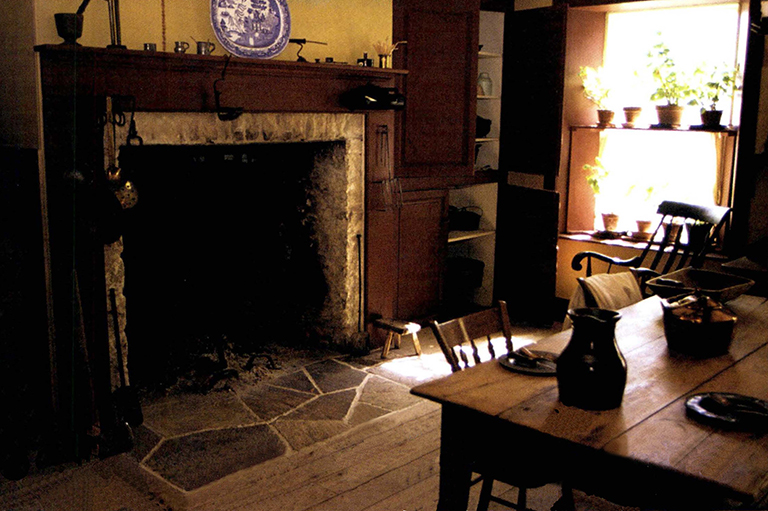Noble Achievement
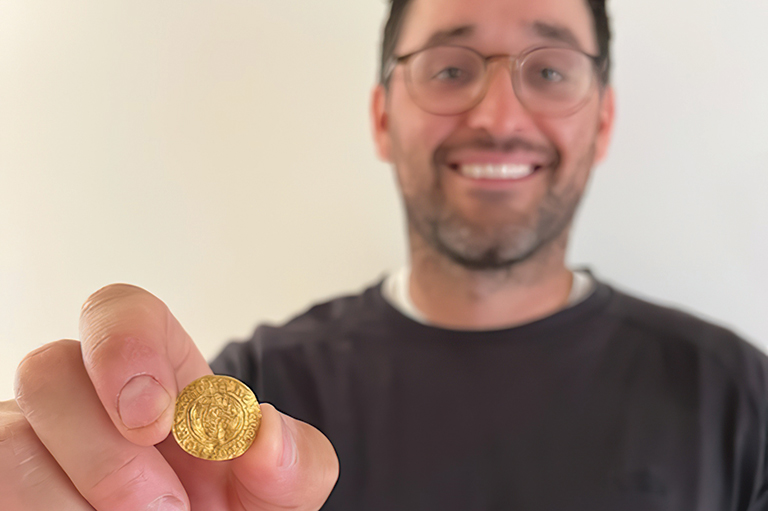
A gold coin that was recently found on Newfoundland’s south coast may be the oldest English coin discovered in Canada.
Uncovered on a beach by an amateur coin hunter during the summer of 2022, the coin was later identified as a Henry VI quarter noble, minted in London, England, between 1422 and 1427. The noble would have been a sizeable amount of money in the 1400s, valued at one shilling, eight pence.
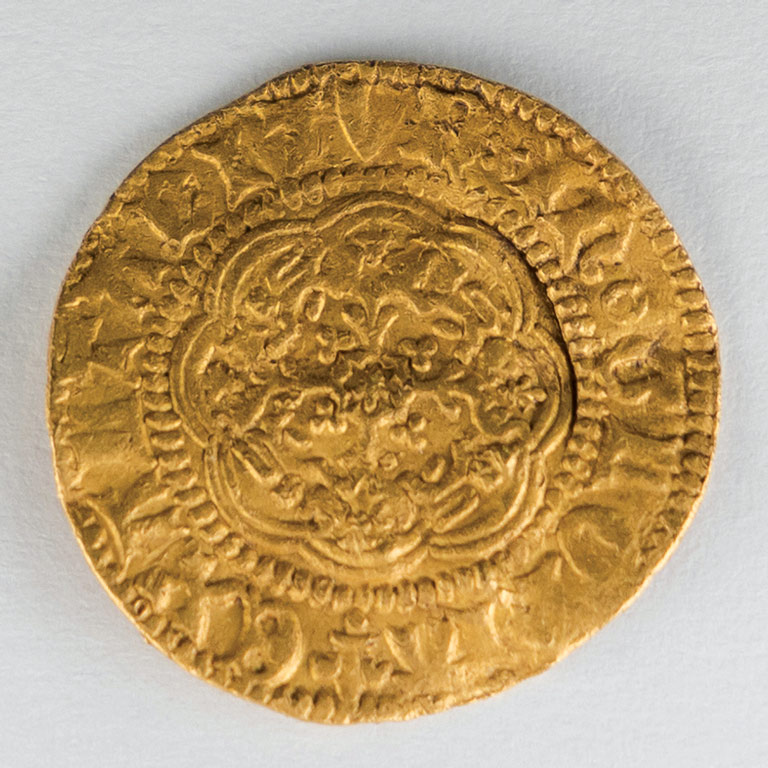
The mystery is, how did the coin get there? Was it dropped on the beach in the fifteenth century or lost there years, decades, or even centuries later?
“That’s an excellent question,” said Jamie Brake, an archaeologist with Newfoundland and Labrador’s Provincial Archaeology Office. “We know when the coin was minted, but just because it’s from the fifteenth century it doesn’t mean that it was dropped there in those early days. That’s one of the interesting questions that we have to look into.”
Edward Hynes was both surprised and elated when his beeping metal detector led him to a shiny gold object buried several centimetres below the beach’s surface. The exact site of his find is being kept a secret to prevent further disturbance.
“It was so bright yellow and really thin, and I wasn’t thinking it was a gold coin. I was thinking it was almost like a tag from something or a button, or something like that,” Hynes told the SaltWire Network news service.
According to Newfoundland and Labrador’s Historic Resources Act, all found items of archaeological significance must be reported to provincial authorities. Brake praised Hynes for sharing his discovery and for showing provincial archaeologists where it was found.
With 7 uniquely curated newsletters to choose from, we have something for everyone.
“He’s amazing,” Brake said. “The way that he handled this was really great. These [archaeological discoveries] are so special — they belong to everybody. They should be cared for and maintained for perpetuity.”
The Henry VI quarter noble is currently in the care of The Rooms, Newfoundland and Labrador’s provincial archives and museum. Brake says archaeologists are keen to explore the area where the coin was found in hopes of uncovering more historic treasures and possibly solving the puzzle of how they got there.
“It’s quite possible this could have been part of a collection that somebody had a couple hundred years later,” Brake said. “There certainly were some wealthy people living in the area in the eighteenth century who may well have left it. I wouldn’t rule anything out — or jump to conclusions, either. It is intriguing.”
Prior to Hynes’ discovery, the oldest coin found in Canada had been a silver English coin minted in the 1490s and discovered in 2021 at Cupids Cove Plantation Provincial Historic Site. Located approximately forty kilometres due west of St. John’s, N.L., Cupid’s Cove was the site of the first English settlement in what eventually became Canada.
We hope you’ll help us continue to share fascinating stories about Canada’s past by making a donation to Canada’s History Society today.
We highlight our nation’s diverse past by telling stories that illuminate the people, places, and events that unite us as Canadians, and by making those stories accessible to everyone through our free online content.
We are a registered charity that depends on contributions from readers like you to share inspiring and informative stories with students and citizens of all ages — award-winning stories written by Canada’s top historians, authors, journalists, and history enthusiasts.
Any amount helps, or better yet, start a monthly donation today. Your support makes all the difference. Thank you!
Themes associated with this article
Advertisement
Save as much as 40% off the cover price! 4 issues per year as low as $29.95. Available in print and digital. Tariff-exempt!

